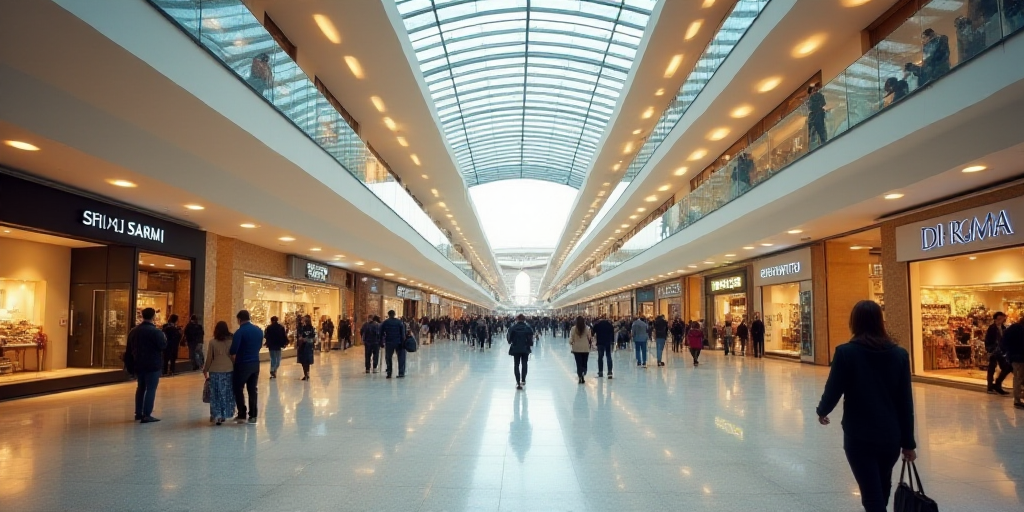Economic Slowdown Reflects in Mall Occupancy
The occupation of shopping malls in Mexico has mirrored the economic slowdown, prompting the retail sector to adjust to shifts in Mexican consumers’ habits, desires, and available funds.
In the first quarter of 2025, gross space occupancy in Mexican malls reached a mere 37,000 square meters, the lowest figure in the past four years, according to SiiLA, a real estate consulting firm.
Shifting Consumer Priorities
The alterations in lifestyle, purchasing power, and priorities of Mexican consumers have been pivotal in this deceleration. Currently, rental focus is on four essential categories: consumer goods, food, entertainment, and personal services, which account for 98% of total demand.
“These categories leading during cautious economic times is not coincidental. They are sectors anchored in tangible needs: mobility, food, clothing, exercise, and entertainment. They also reflect what still motivates people when excess is no longer an option,” states a recent SiiLA analysis.
Declining Consumer Sentiment
This shift coincides with a deterioration in the consumer sentiment. According to Mexico’s National Institute of Statistics and Geography (Inegi), the Consumer Confidence Index (CCI) fell to 45.3 points in April 2025, its lowest level since June 2023. Moreover, it has been declining for six consecutive months.
Banco Base’s analysis attributes this pessimism primarily to global uncertainty, exacerbated by trade war tensions with potential impacts on employment and prices in Mexico.
Focusing on Essentials
Within the consumer goods category, nearly four out of ten square meters were occupied by auto parts stores, home goods, toys, pet supplies, and clothing in the first quarter of the year. Notable brands included New Balance, Miniso, and Decathlon.
For the food segment, preferences leaned towards cafes, fast-food restaurants, and specialty stores. Wingstop, Moshi Moshi, and Applebee’s emerged as key players.
Entertainment also found its niche, with arcades and theme parks driving demand. Piccolo Mondo became one of the most active operators in this sector.
Lastly, personal services like gyms, beauty salons, and telecommunications providers continue to seek high-traffic locations to maintain their market presence.
Redefining Mall Models
In response to this scenario, SiiLA highlighted that shopping malls have started redefining their models. Luxury or aspirational proposals have lost ground to more accessible and well-being-oriented concepts: community, comfort, proximity, and personal experiences.
The consultancy notes that the focus has shifted from mass consumption to a more everyday-life-oriented offering.
Key Questions and Answers
- What is causing the drop in mall occupancy? The decrease in mall occupancy reflects Mexico’s economic slowdown, with shifts in consumer habits, purchasing power, and priorities.
- Which consumer goods categories are thriving? Essential categories like consumer goods, food, entertainment, and personal services are leading in demand, accounting for 98% of total demand.
- How has consumer sentiment changed? The Consumer Confidence Index fell to 45.3 points in April 2025, the lowest level since June 2023, driven by global uncertainty and trade war tensions.
- How are shopping malls adapting? Malls are redefining their models, focusing on more accessible and well-being-oriented concepts like community, comfort, proximity, and personal experiences.






